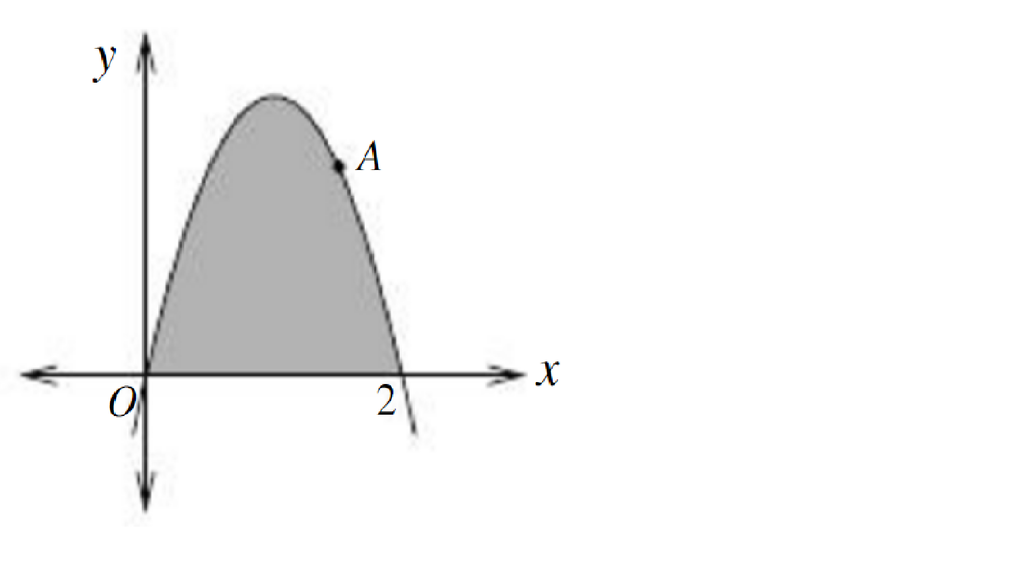Hey guys,
Having trouble with my very last question, it goes
the curve in the picture shown has equation y=bx(x-2)
(a) find b given that the shaded area is 4units^2
(b) find the x-coordinate of the point A if the line OA divides the shaded area into equal parts picture link is (https://s.yimg.com/hd/answers/i/05eb8de185c44299b48201c0d62b3fbf_A.png?a=answers&mr=0&x=1449657862&)
For (a) i took the definite integral between 0,2 of bx(x-2) dx and eventually ended up with b=-3
so now i have y=-3x(x-2) and i have to find the x-coordinate of the point of a line that divides the shaded area into equal parts.
Im pretty sure from here i have to find my limits to make a definite integral using

My problem is im not sure how i can find it since i only have the once function y=-3x(x-2). How do i get the function of the line? is it just y=mx?
Cheers in advance
Having trouble with my very last question, it goes
the curve in the picture shown has equation y=bx(x-2)
(a) find b given that the shaded area is 4units^2
(b) find the x-coordinate of the point A if the line OA divides the shaded area into equal parts picture link is (https://s.yimg.com/hd/answers/i/05eb8de185c44299b48201c0d62b3fbf_A.png?a=answers&mr=0&x=1449657862&)
For (a) i took the definite integral between 0,2 of bx(x-2) dx and eventually ended up with b=-3
so now i have y=-3x(x-2) and i have to find the x-coordinate of the point of a line that divides the shaded area into equal parts.
Im pretty sure from here i have to find my limits to make a definite integral using

My problem is im not sure how i can find it since i only have the once function y=-3x(x-2). How do i get the function of the line? is it just y=mx?
Cheers in advance

